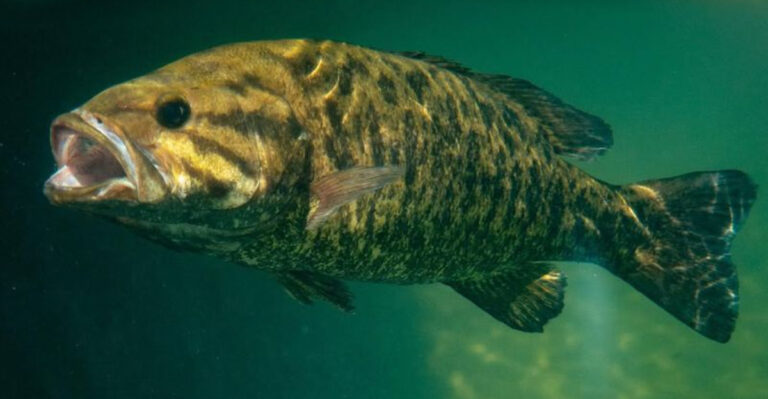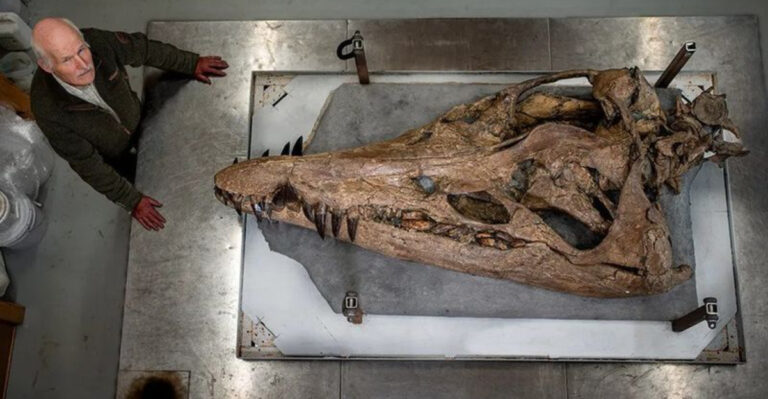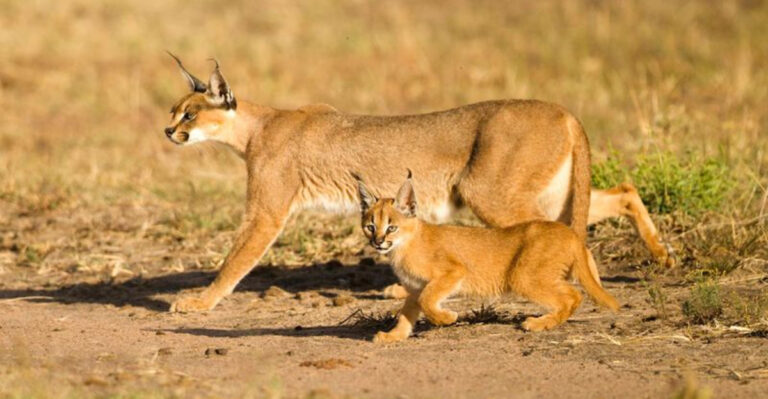Meet Rhinorex, The Duck-Billed Dinosaur With A Massive Nose Found In Utah
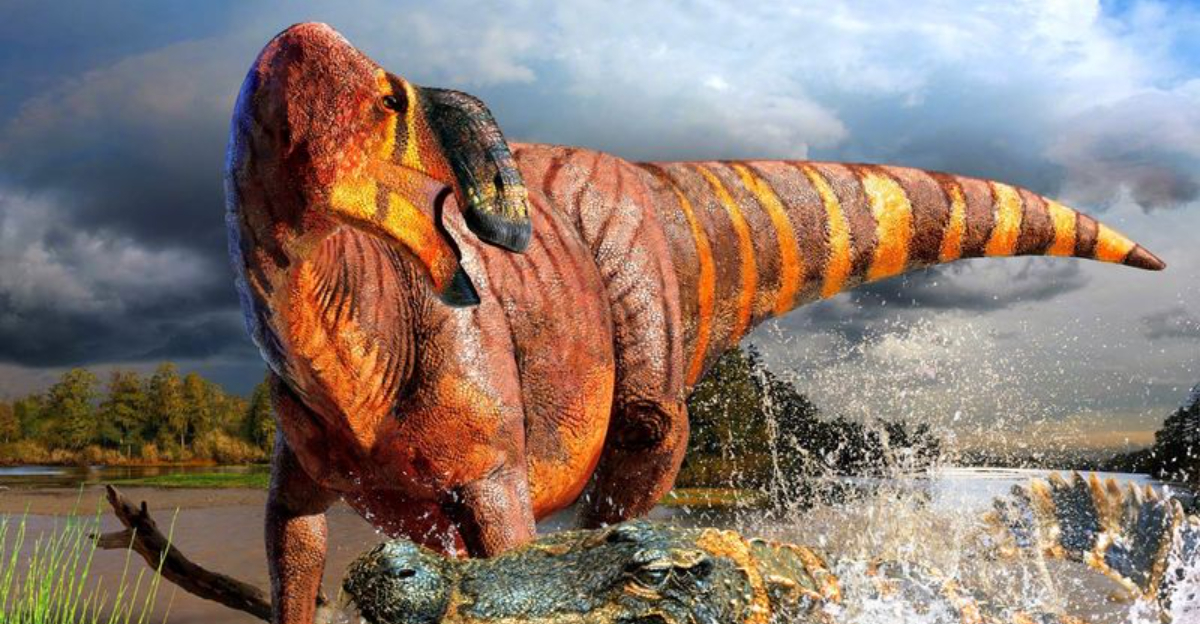
Imagine a dinosaur with a nose so enormous it earned a special name just for this feature! Rhinorex condrupus, discovered in Utah’s Book Cliffs, is a fascinating duck-billed dinosaur that roamed North America about 75 million years ago during the Late Cretaceous period.
Scientists were amazed when they unearthed this unique creature with its remarkably oversized nasal passage – a characteristic that makes it stand out among its hadrosaur relatives.
The Meaning Behind ‘Rhinorex’
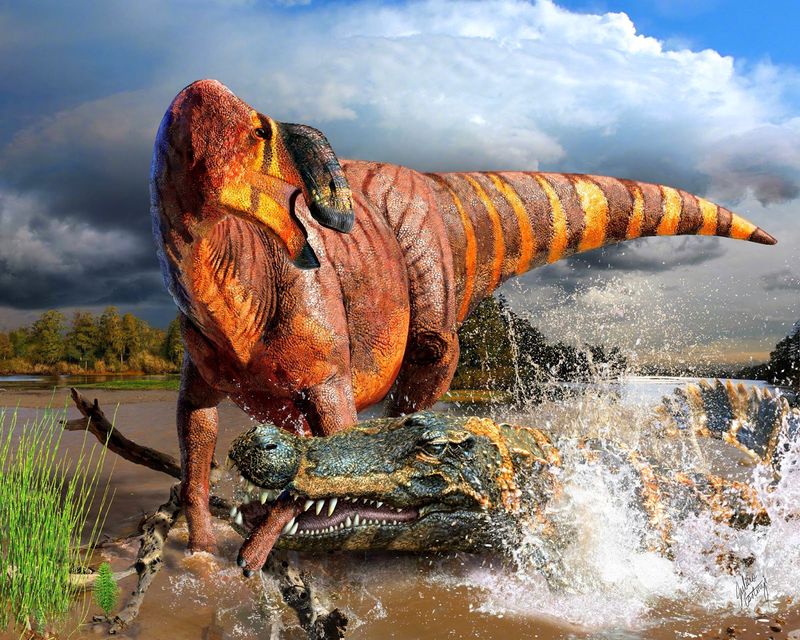
The name Rhinorex translates to ‘King Nose’ in scientific terms – ‘rhino’ meaning nose and ‘rex’ meaning king. Talk about truth in advertising! This moniker perfectly captures the dinosaur’s most distinctive feature.
Paleontologists chose this name after noting the creature’s unusually large nasal passage, which was significantly bigger than those of related duck-billed dinosaurs. Unlike many scientific names that can be complicated or obscure, this one tells you exactly what makes the animal special.
When researchers from North Carolina State University and Brigham Young University announced the discovery in 2014, the name immediately painted a vivid picture for dinosaur enthusiasts worldwide.
A Recent Discovery With Ancient Roots
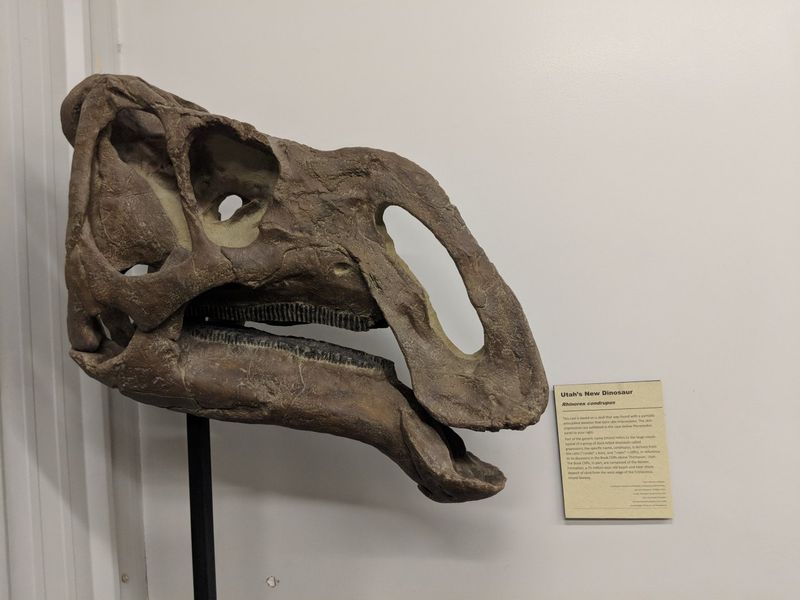
Though officially named in 2014, Rhinorex’s bones actually spent decades sitting in museum storage! The fossils were originally excavated from Utah’s Book Cliffs in the 1990s by Brigham Young University scientists.
For years, these remarkable remains waited patiently in collections, misidentified as belonging to a more common hadrosaur species. Only when paleontologists Terry Gates and Rodney Scheetz began studying the specimen did they realize they had something truly special on their hands.
The skeleton remained hidden in plain sight for nearly 20 years before receiving proper recognition – proving that new dinosaur discoveries can happen even in museum basements!
Utah’s Prehistoric Swamplands
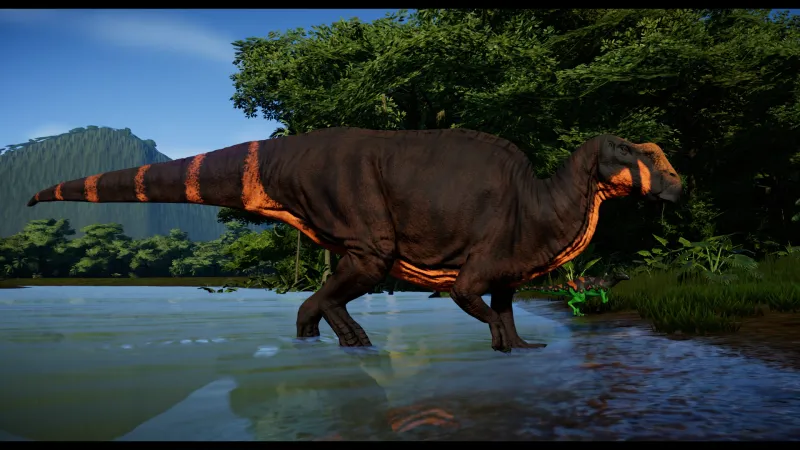
Rhinorex called home what we now know as Utah, but 75 million years ago, this region looked completely different. Instead of today’s dramatic desert landscapes, Rhinorex waded through lush coastal swamps and wetlands along the ancient Western Interior Seaway.
This massive inland sea split North America in two during the Late Cretaceous period. The humid, subtropical climate supported dense vegetation and diverse wildlife – perfect for a large herbivorous dinosaur.
Fossil evidence suggests Rhinorex inhabited coastal areas where rivers emptied into this great sea, creating nutrient-rich environments where plants thrived and provided ample food for hungry hadrosaurs.
Big-Nosed But Not Alone
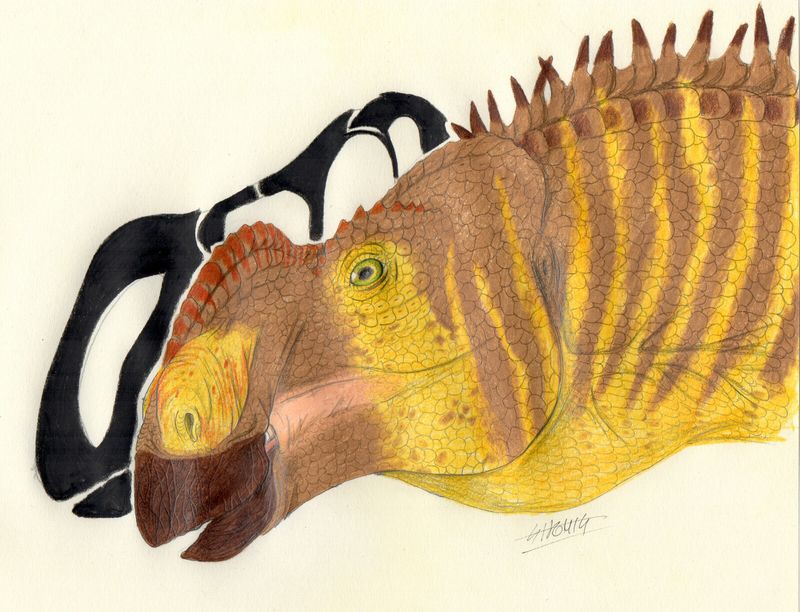
Rhinorex belongs to the hadrosaur family – commonly known as duck-billed dinosaurs due to their flat, wide snouts. These plant-eaters were incredibly successful, with over 50 species identified across North America and Asia.
What makes the hadrosaur family so fascinating is their incredible diversity of head ornamentation. Some species sported hollow crests resembling tubes, combs, or even hatchets, while others had solid bone structures or flat heads.
Rhinorex stands out even among this colorful family with its uniquely enlarged nose region. Scientists believe these varied head structures helped hadrosaurs recognize their own species and possibly attracted mates – dinosaur fashion statements!
The Mystery Of The Mega-Schnoz
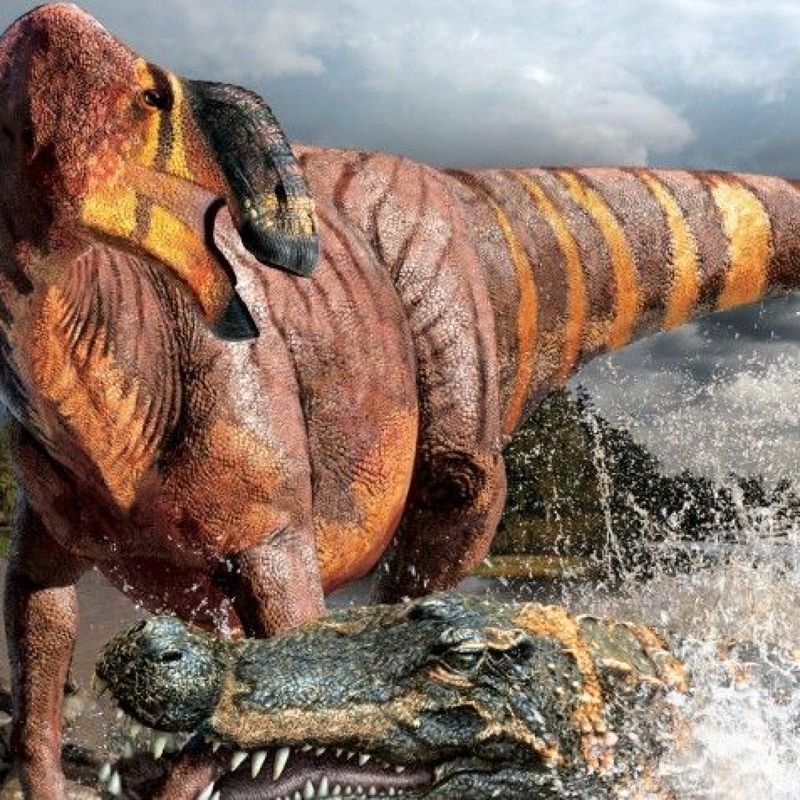
Why did Rhinorex evolve such an impressive snout? Scientists have several fascinating theories! One possibility suggests the enlarged nasal cavity improved the dinosaur’s sense of smell, helping it detect predators or find better food sources in its swampy habitat.
Another compelling theory proposes the nose served as a resonating chamber for making distinctive calls. Just as modern animals use vocalizations to communicate, Rhinorex might have produced unique sounds to attract mates or warn of danger.
Some researchers even speculate the large nose helped regulate body temperature by cooling blood as it circulated through the nasal passages – a prehistoric air conditioner for hot Cretaceous days!
How Big Was Rhinorex?
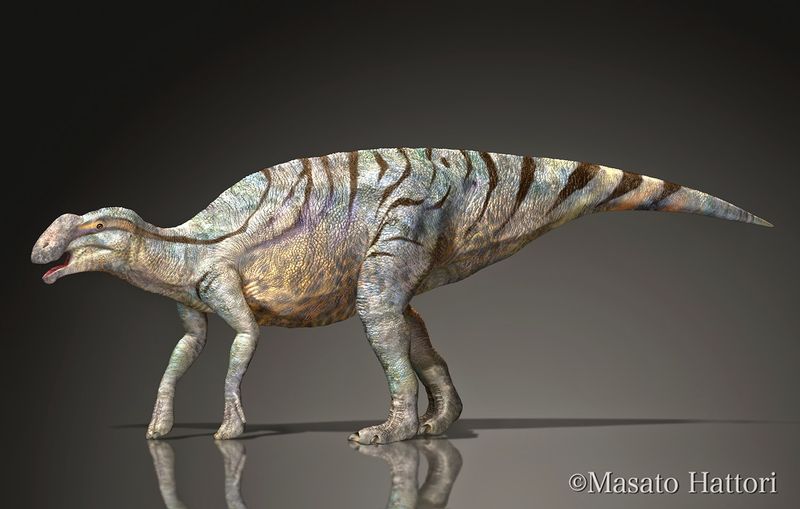
Despite its royal-sounding name, Rhinorex wasn’t the largest dinosaur on the block. Adult specimens measured approximately 25-30 feet long – about the length of a school bus – and likely weighed around 3-4 tons. Impressive, but modest compared to giants like Brachiosaurus!
Standing roughly 8-10 feet tall at the hip, Rhinorex could browse vegetation at various heights. Its powerful hind legs supported most of its weight, while shorter forelimbs helped with balance and gathering food.
For comparison, Rhinorex was similar in size to its close relative Gryposaurus, though slightly smaller than the famous Edmontosaurus which could reach lengths of 40 feet.
Dental Details: A Mouth Full Of Batteries
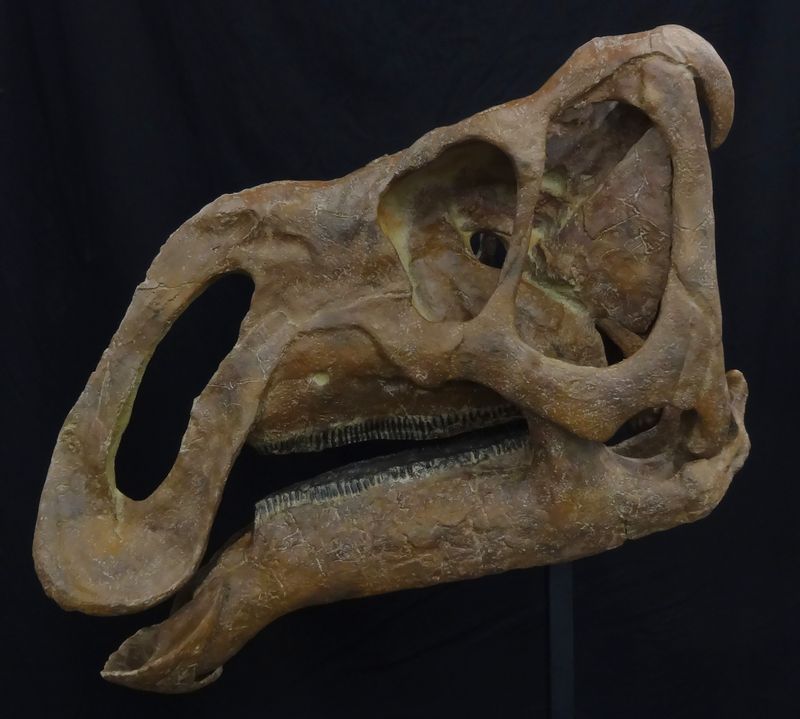
Rhinorex had one of nature’s most efficient eating machines – a mouth containing hundreds of teeth! Unlike human teeth that grow individually, hadrosaurs possessed dental batteries – tightly packed columns of replacement teeth constantly pushing upward as older teeth wore down.
Each jaw could hold up to 300 teeth at once, with multiple teeth functioning together as grinding surfaces. This sophisticated system allowed Rhinorex to process tough plant material with incredible efficiency.
The constant replacement meant Rhinorex could chew abrasive vegetation his entire life without running out of teeth. Modern animals have nothing comparable – these dental batteries were truly one of evolution’s most remarkable adaptations!
A Family Feud: Closest Relatives
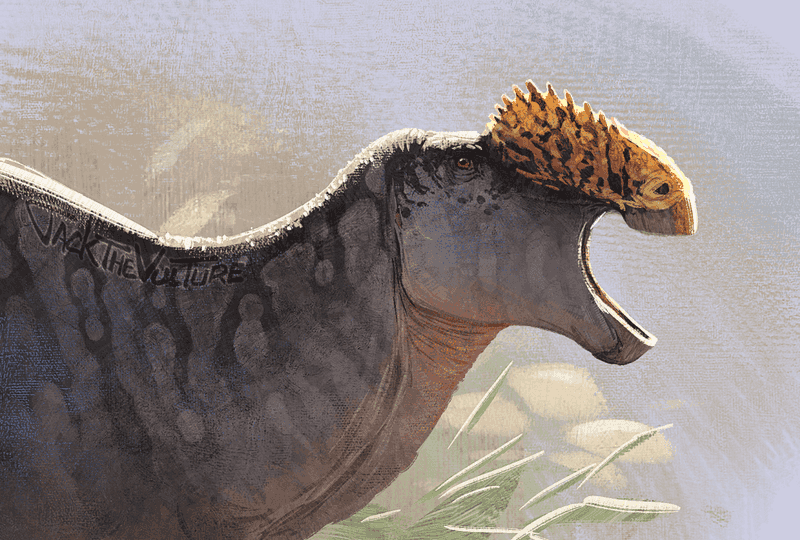
Rhinorex’s closest dinosaur cousin appears to be Gryposaurus, another duck-billed dinosaur whose name means ‘hook-nosed lizard.’ The family resemblance is striking – both had distinctive snout features, though Gryposaurus sported a curved, arched nose rather than Rhinorex’s enlarged one.
These dinosaurs belonged to the Kritosaurini tribe within the larger hadrosaur family. Finding Rhinorex helped paleontologists better understand how this group evolved and diversified across western North America.
The discovery challenged previous theories about hadrosaur migration patterns, suggesting these dinosaur groups may have been more geographically isolated than previously thought, allowing for the evolution of unique features like Rhinorex’s spectacular snout.
Potential Predators: Looking Over Its Shoulder
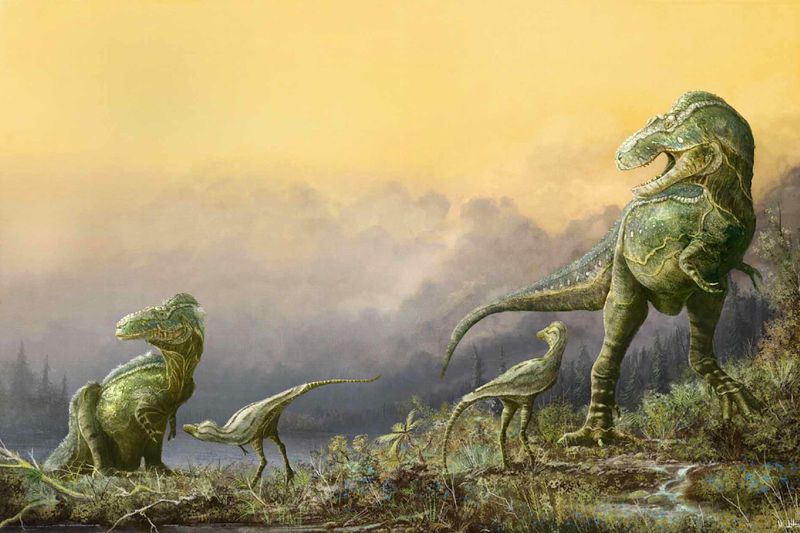
Life wasn’t all peaceful plant-munching for Rhinorex. The Late Cretaceous landscape of Utah teemed with fearsome predators that would have viewed our big-nosed friend as a walking buffet!
Tyrannosaurs ruled this region, with species like Teratophoneus stalking the same wetlands. These apex predators could reach lengths of 20-25 feet and possessed bone-crushing jaws perfect for taking down hadrosaurs.
Smaller but equally dangerous dromaeosaurs – the ‘raptors’ made famous by Jurassic Park – also posed threats, especially to younger Rhinorex individuals. The dinosaur’s enhanced sense of smell may have been crucial for detecting these stealthy hunters before becoming dinner!
Modern Science Meets Ancient Mystery
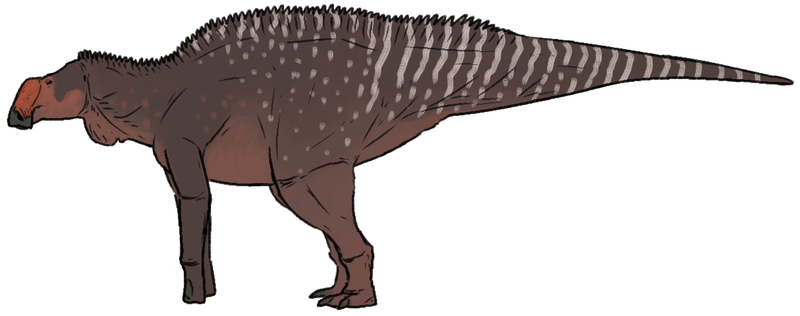
Advanced technology has revolutionized how scientists study Rhinorex. CT scanning allowed researchers to peer inside the fossilized skull and create detailed 3D models of its nasal passages without damaging the precious specimen.
Computer simulations help paleontologists test theories about the nose’s function. By modeling airflow through the passages, scientists can determine if the structure would have efficiently produced sounds or regulated temperature.
Paleontologists continue analyzing the chemical composition of Rhinorex fossils, which can reveal details about the dinosaur’s diet and environment. Each new study adds another piece to the puzzle of this remarkable creature that once roamed ancient Utah with its magnificent nose leading the way.

